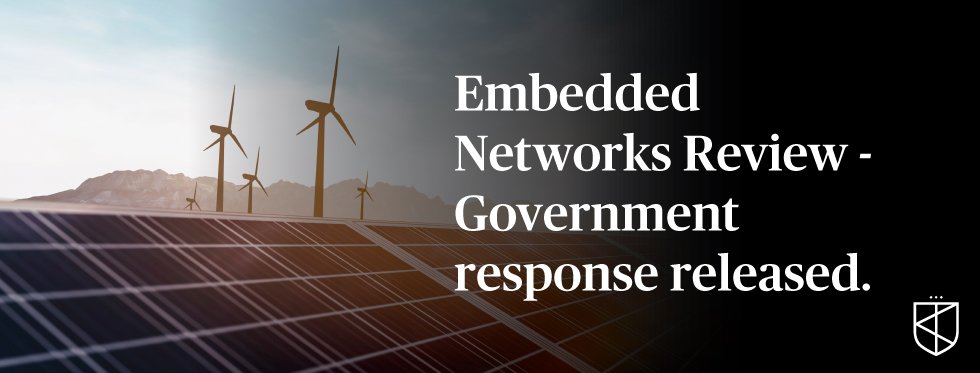
Delivering on the Victorian Government’s election promise to ban new embedded networks.
In 2018, the Victorian Government announced an election commitment to ban embedded networks in new residential apartment buildings, with exemptions for buildings that use renewable energy to deliver low-cost renewable energy to apartment buildings.
This commitment was made in response to ongoing concerns that customers currently living in embedded networks pay higher prices and do not have access to the same level of consumer protections as those who live outside of embedded networks.
An expert panel was appointed to conduct an extensive review and develop recommendations to present to the government on how best to implement the ban.
In January 2021 the panel released an issues paper setting out key issues related to the review and sought stakeholder feedback. In June 2021, the Panel released a draft report that set out 16 recommendations and provided stakeholders with a clear understanding of the panel’s proposal.
In January 2022, the Panel released its final recommendations report, informed by extensive public consultation and stakeholder feedback. The panel consulted broadly with the public and other consumer, industry, regulatory and government stakeholders to identify issues, develop solutions and finalise the paper.
The government has now published its formal response to the embedded networks review, supporting all 16 recommendations, either in full or in part.
The ban will be initially implemented through amendments to the General Exemption Order (GEO) to introduce a renewable energy condition. This is expected to take effect from early 2023.
The renewable energy condition will give effect to the ban, as embedded network operators who are not willing or able to meet the condition will not be able to legally operate new embedded networks in Victoria.
The renewable energy condition for new embedded networks will be as follows:
- 100% of electricity consumed at the site by residential customers is met from a mix of on-and off-site renewable sources; and
- a minimum of 5% of electricity consumed by residential customers at the site is met from on-site renewable energy generation.
A second implementation phase will address the bulk of the panel’s recommendations through legislative amendments that will be progressed in the next term of government.
This second phase includes implementing a new licensing framework for Local Energy Service providers, additional conditions for existing (legacy) local energy networks and applying the new licensing framework to existing networks.
In its final report the government acknowledges that time will be required to transition existing networks onto the new licensing framework and to comply with proposed additional conditions.
It also acknowledges that the upgrade/change of metering and/or other internal infrastructure in existing local energy networks will be required to enable these customers to access the retail market.
From the response document:
“The government is committed to making the ability to change retailers a reality for embedded network customers. This requires multifaceted action, including legislative reform, further consultation with relevant stakeholders, working with the Australian Energy Market Operator on systems issues, and ensuring required metering technology is in place with embedded networks.”
The final report does not make clear when we can expect these changes to take effect for existing embedded network customers, with the final line stating that the government will “work to implement reforms within reasonable timeframes that balance the need for strengthened consumer protections with the time required for industry transition.”
Those living within Owners Corporations serviced by an embedded network should continue to watch this space. In the meantime, we look forward to greener, fairer embedded networks in the buildings of tomorrow.
Download the Embedded Networks Review – Government Response >
RELATED – Sustainable Supply Chain: reducing the environmental impact of your OC >

